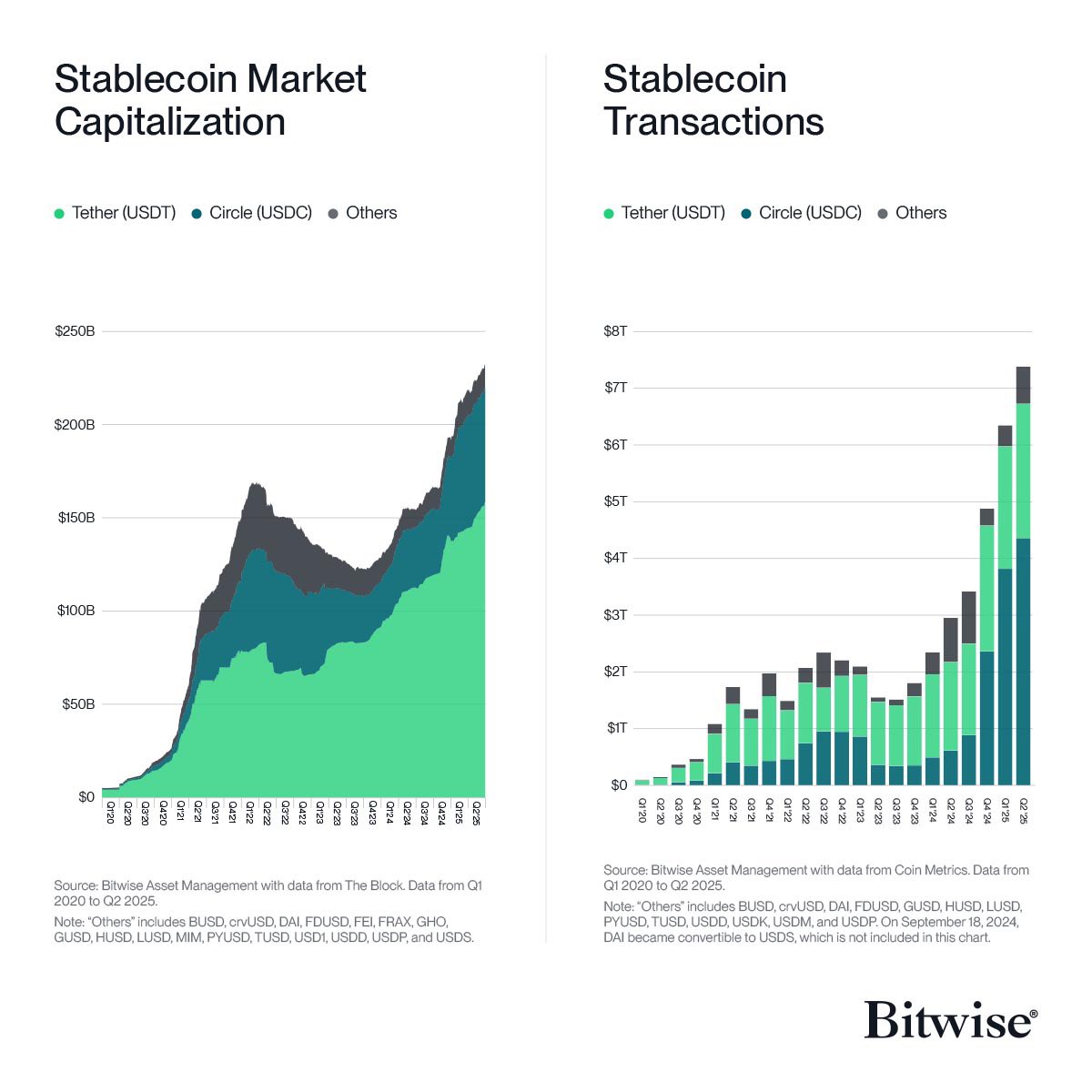DAI价格
(美元)$0.99980
+$0 (+0.00%)
USD
无法搜索到该币种。请检查您的拼写或重新搜索币种名称。
市值
$37.59亿
流通总量
37.58亿 / 37.58亿
历史最高价
$8,976.00
24 小时成交量
$9,490.61万
3.9 / 5


免责声明
本页面的社交内容 (包括由 LunarCrush 提供支持的推文和社交统计数据) 均来自第三方,并按“原样”提供,仅供参考。本文内容不代表对任何数字货币或投资的认可或推荐,也未获得欧易授权或撰写,也不代表我们的观点。我们不保证所显示的用户生成内容的准确性或可靠性。本文不应被解释为财务或投资建议。在做出投资决策之前,评估您的投资经验、财务状况、投资目标和风险承受能力并咨询独立财务顾问至关重要。过去的表现并不代表未来的结果。您的投资价值可能会波动,您可能无法收回您投资的金额。您对自己的投资选择自行承担全部责任,我们对因使用本信息而造成的任何损失或损害不承担任何责任。提供外部网站链接是为了用户方便,并不意味着对其内容的认可或控制。
请参阅我们的 使用条款 和 风险警告,了解更多详情。通过使用第三方网站(“第三方网站”),您同意对第三方网站的任何使用均受第三方网站条款的约束和管辖。除非书面明确说明,否则欧易及其关联方(“OKX”)与第三方网站的所有者或运营商没有任何关联。您同意欧易对您使用第三方网站而产生的任何损失、损害和任何其他后果不承担任何责任。请注意,使用第三方网站可能会导致您的资产损失或贬值。本产品可能无法在所有司法管辖区提供或适用。
请参阅我们的 使用条款 和 风险警告,了解更多详情。通过使用第三方网站(“第三方网站”),您同意对第三方网站的任何使用均受第三方网站条款的约束和管辖。除非书面明确说明,否则欧易及其关联方(“OKX”)与第三方网站的所有者或运营商没有任何关联。您同意欧易对您使用第三方网站而产生的任何损失、损害和任何其他后果不承担任何责任。请注意,使用第三方网站可能会导致您的资产损失或贬值。本产品可能无法在所有司法管辖区提供或适用。
DAI 的价格表现
近 1 年
-0.11%
$1.00
3 个月
-0.02%
$1.00
30 天
-0.02%
$1.00
7 天
+0.00%
$1.00
DAI 社交媒体动态
快捷导航
DAI购买指南
开始入门数字货币可能会让人觉得不知所措,但学习如何购买比您想象的要简单。
预测 DAI 的价格走势
DAI 未来几年值多少?看看社区热议,参与讨论一波预测。
查看 DAI 的价格历史
追踪 DAI 代币的价格历史,实时关注持仓表现。您可以通过下方列表快捷查看开盘价、收盘价、最高价、最低价及交易量。

DAI 常见问题
目前,一个 DAI 价值是 $0.99980。如果您想要了解 DAI 价格走势与行情洞察,那么这里就是您的最佳选择。在欧易探索最新的 DAI 图表,进行专业交易。
数字货币,例如 DAI 是在称为区块链的公共分类账上运行的数字资产。了解有关欧易上提供的数字货币和代币及其不同属性的更多信息,其中包括实时价格和实时图表。
由于 2008 年金融危机,人们对去中心化金融的兴趣激增。比特币作为去中心化网络上的安全数字资产提供了一种新颖的解决方案。从那时起,许多其他代币 (例如 DAI) 也诞生了。
查看 DAI 价格预测页面,预测未来价格,帮助您设定价格目标。
深度了解DAI
Dai是以太坊上最大的去中心化稳定币,由MakerDAO开发并管理,是去中心化金融(DeFi)的基础设施。Dai由链上资产足额抵押担保发行,和美元保持1:1锚定,1Dai=1美元。个人和企业可以通过兑换Dai或者抵押借Dai获得避险资产和流动资金。Dai在抵押贷款、保证金交易、国际转账、供应链金融等方面都已经有落地应用。
Maker协议,也称为多抵押Dai(MCD)系统,允许用户通过利用“ Maker Governance”批准的抵押资产来生成Dai。 Maker治理是社区组织和运营的过程,用于管理Maker协议的各个方面。Dai是与美元挂钩的去中心化,无偏见,由抵押支持的加密货币。Dai的低波动性可抵抗恶性通货膨胀,为任何地方的任何人提供经济自由和机会。
ESG 披露
ESG (环境、社会和治理) 法规针对数字资产,旨在应对其环境影响 (如高能耗挖矿)、提升透明度,并确保合规的治理实践。使数字代币行业与更广泛的可持续发展和社会目标保持一致。这些法规鼓励遵循相关标准,以降低风险并提高数字资产的可信度。
市值
$37.59亿
流通总量
37.58亿 / 37.58亿
历史最高价
$8,976.00
24 小时成交量
$9,490.61万
3.9 / 5








































